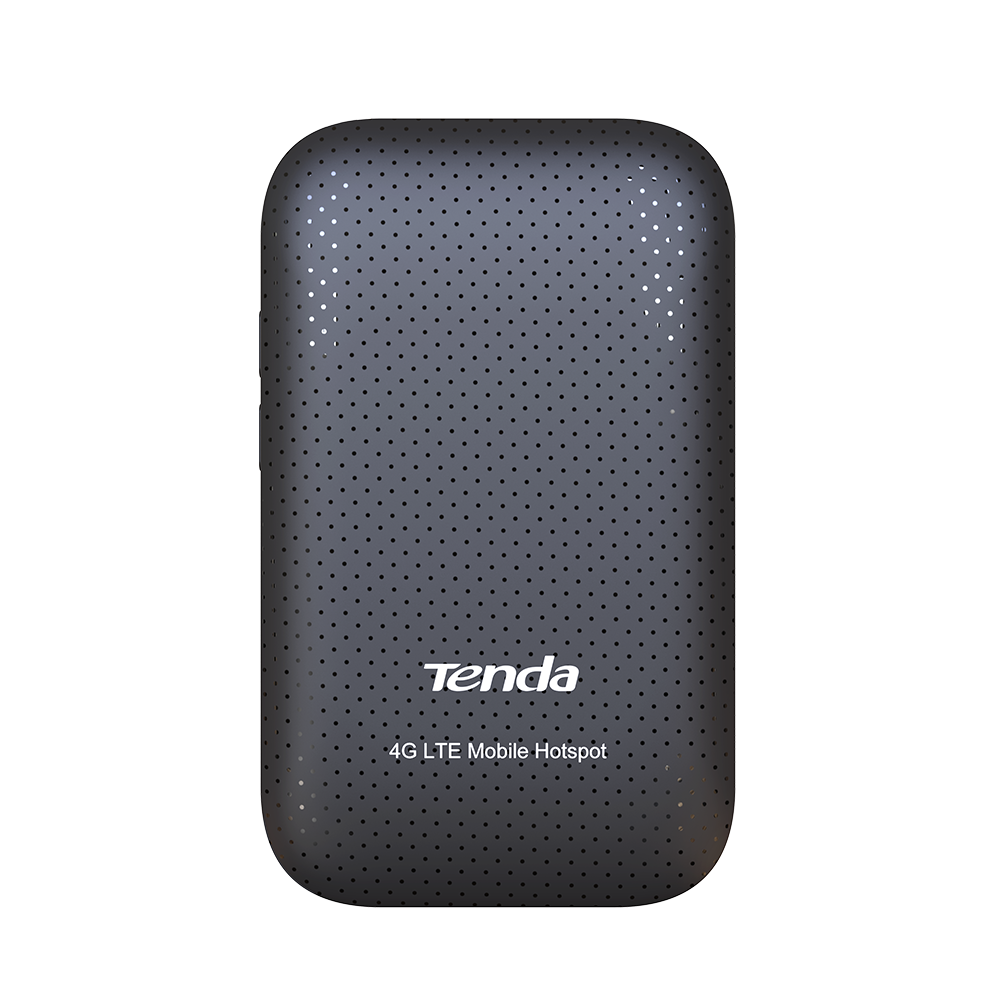Computer Networking, Router
Teltonika RUT200 4G LTE Industrial LTE Router
Mobile module : 4G (LTE) – Cat 4 up to 150 Mbps, 3G – Up to 42 Mbps, 2G – Up to 236.8 kbps Wireless mode : IEEE 802.11b/g/n, Access Point (AP), Station (STA) WiFi users : Up to 50 simultaneous connections ETHERNET : 1 x WAN port 10/100 Mbps, 1 x LAN port, 10/100 Mbps SECURITY : Pre-shared key, digital certificates, X.509 certificates, Pre-configured firewall rules can be enabled via WebUI
₹11,999.00 ₹19,999.00 Inc. GST
| Brands | Teltonika Networks |
|---|
| Mobile network | |
| Mobile module | 4G (LTE) – Cat 4 up to 150 Mbps 3G – up to 42 Mbps 2G – up to 236.8 kbps |
| Status | Signal Strength (RSSI), SINR, RSRP, RSRQ, EC/IO, RSCP, bytes sent/received |
| SMS | SMS status, SMS configuration, sending/reading SMS via HTTP POST/GET, EMAIL to SMS, SMS to EMAIL, SMS to HTTP, SMS to SMS, scheduled SMS, SMS autoreplay, SMPP |
| Black/white list | Black/white list of operators |
| Bandwidth management | Band lock, display of bandwidth status in use |
| APN | Auto APN |
| Bridge mode | Direct connection (bridge) between mobile ISP and device in LAN |
| Passthrough | The router assigns its mobile WAN IP address to another device on the LAN |
| Multiple PDNs (optional) | Ability to use different PDNs to access multiple networks and services (not available in standard FW) |
| Wireless networks | |
| Wireless mode | IEEE 802.11b/g/n, access point (AP), station (STA) |
| Wi-Fi security | WPA2-Enterprise – PEAP, TLS, TTLS, AES-CCMP, TKIP, Auto Cipher modes, client separation |
| SSID | SSID stealth mode and access control based on MAC address |
| Wi-Fi users | Up to 50 simultaneous calls |
| Hotspot | Captive portal (hotspot), internal/external Radius server, embedded in a configurable landing page |
| Ethernet | |
| WAN | 1x WAN (can be configured for LAN) 10/100 Mbps, IEEE 802.3, IEEE 802.3u compliant, supports Auto MDI/MDIX |
| LAN | 1x LAN port, 10/100 Mbps, compliant with IEEE 802.3, IEEE 802.3u standards, automatic MDI/MDIX support |
| Network | |
| Routing | Static routing, dynamic routing (BGP, OSPF v2, RIP v1/v2, RIPng, OSPF6) |
| Network protocols | TCP, UDP, IPv4, IPv6, ICMP, NTP, DNS, HTTP, HTTPS, FTP, SMTP, SSL v3, TLS, ARP, VRRP, PPP, PPPoE, UPnP, SSH, DHCP, Telnet client, SNMP, MQTT, Wake On Lan (WOL) |
| VoIP passthrough support | H.323 and SIP-alg protocol NAT helpers for proper routing of VoIP packets |
| Call monitoring | Ping Reboot, Wget Reboot, Periodic Reboot, LCP and ICMP for link inspection |
| Firewall | Port forwarding, network traffic rules, custom rules |
| DHCP | Static and dynamic IP allocation, DHCP relayd |
| QoS | Prioritization of traffic by source/destination, service, protocol or port, WMM, 802.11e |
| DDNS | >25 service providers supported, others can be configured manually |
| Network backup | VRRP, mobile, wired, Wi-Fi options, any of which can be used as a backup, using automatic failover |
| Load balancing | Balancing Internet traffic across multiple WAN connections |
| SSHFS (optional) | Possibility of mounting a remote file system via SSH protocol (not available in standard software) |
| Security | |
| Authentication | Shared key, digital certificates, X.509 certificates |
| Firewall | Pre-configured firewall rules can be enabled via Web.UI, Unlimited firewall configuration via CLI, DMZ, NAT, NAT-T |
| Preventing attacks | DDOS prevention (SYN protection, SSH attack prevention, HTTP/HTTPS attack prevention), Port scan prevention (SYN-FIN, SYN-RST, X-mas, NULL flags, FIN scan attacks) |
| VLAN | Tag-based VLAN separation |
| Mobile limit control | Setting custom data limits for the SIM card |
| WEB Filter | Black list to block unwanted websites, white list to determine allowed sites |
| Access control | Flexible access control for TCP, UDP, ICMP packets, MAC address filters |
| VPN | |
| OpenVPN | Ability to run multiple clients and servers simultaneously, 12 encryption methods |
| OpenVPN encryption | DES-CBC, RC2-CBC, DES-EDE-CBC, DES-EDE3-CBC, DESX-CBC, BF-CBC, RC2-40-CBC, CAST5-CBC, RC2-64-CBC, AES-128-CBC, AES-192-CBC, AES-256-CBC |
| IPsec | IKEv1, IKEv2, supports up to 4 IPsec VPN tunnels (instances), with 5 encryption methods (DES, 3DES, AES128, AES192, AES256) |
| GRE | GRE tunnel |
| PPTP, L2TP | Client/server services can run simultaneously |
| Stunnel | Proxy designed to add TLS encryption functionality to existing clients and servers without changing program code |
| SSTP | SSTP client instance support |
| ZeroTier | ZeroTier VPN |
| WireGuard | WireGuard VPN client and server support |
| Modbus TCP Slave | |
| ID filtering | Reply to one identifier in the range [1;255] or any |
| Allow remote access | Allow access over WAN |
| Custom Registers | MODBUS TCP Custom Register Block requests that read/write to a file inside the router and can be used to extend the functionality of the MODBUS TCP Slave |
| Modbus TCP Master | |
| Supported functions | 01, 02, 03, 04, 05, 06, 15, 16 |
| Supported data formats | 8 bit: INT, UINT; 16 bit: INT, UINT (MSB or LSB first); 32 bit: float, INT, UINT (ABCD (big-endian), DCBA (little-endian), CDAB, BADC) |
| Modbus data to server | |
| Protocol | HTTP(S), MQTT, Azure MQTT |
| MQTT Gateway | |
| MQTT Gateway | Enables sending commands to and receiving data from a MODBUS Master via an MQTT broker |
| Monitoring and management | |
| Web.UI | HTTP/HTTTPS, status, configuration, FW update, CLI, troubleshooting, event log, system log, kernel log |
| FOTA | Remote firmware update from server, automatic notifications |
| SSH | SSH (v1, v2) |
| SMS | SMS status, SMS configuration, sending/reading SMS via HTTP POST/GET |
| Call | Restart, Status, WiFi on/off, Mobile data on/off, Output on/off |
| TR-069 | OpenACS, EasyCwmp, ACSLite, tGem, LibreACS, GenieACS, FreeACS, LibCWMP, Friendly tech, AVsystem |
| MQTT | MQTT Broker, MQTT publisher |
| SNMP | SNMP (v1, v2, v3), SNMP trap |
| JSON-RPC | API management over HTTP/HTTPS |
| MODBUS | MODBUS TCP status/control |
| RMS | Teltonika Remote Management System (RMS) – Teltonika Remote Management System |
| IoT platforms | |
| The cloud of things | Allows monitoring of: Device data, Mobile data, Network information, Availability |
| ThingWorx | Allows you to monitor: WAN Type, WAN IP Mobile Operator Name, Cellular signal strength, Cellular network type |
| Cumulocity | Allows you to monitor: Device model, revision and serial number, Mobile Cell ID, ICCID, IMEI, connection type, carrier, signal strength, WAN type and IP |
| Azure IoT Hub | Can send device IP, number of bytes sent/received/ 3G connection status, network link status, IMEI, ICCID, model, manufacturer, serial number, revision, IMSI, Sim status, PIN status, GSM signal, WCDMA RSCP WCDMA EC/IO, LTE RSRP, LTE SINR, LTE RSRQ, CELL ID, operator, operator number, connection type, temperature, Azure IoT Hub server PIN number |
| System parameters | |
| CPU | Mediatek MIPS 24Kc 580 MHz |
| RAM | 128 MB, DDR2 |
| Flash Memory | 16 MB, SPI Flash |
| Software/Configuration | |
| Web.UI | Update software from file, check software on server, configuration profiles, configuration backup, restore point |
| FOTA | Software/configuration update from server |
| RMS | Software/configuration update for multiple devices |
| Save settings | Software update without losing current configuration |
| Operating System | RutOS (OpenWrt operating system based on Linux) |
| Supported languages | Busybox shell, Lua, C |
| Development tools | GPL package with included graphical environment |
| Inputs/Outputs | |
| Inputs | 1 x digital input, 0-5 V detected as logic low, 8-30 V detected as logic high |
| Outputs | 1 x digital open collector output, max. output voltage 30 V, 300 mA |
| Event handling | SMS, EMAIL, RMS |
| Power supply | |
| Connector | 4-pin industrial DC power connector |
| Input voltage range | 9 – 30 VDC (4-pole industrial socket), reverse polarity protection, surge protection >33 V DC 10 us max. |
| PoE (passive) | Passive PoE over spare pairs (available from hardware version 0007 and batch number 0010) Power over LAN port, incompatible with IEEE802.3af, 802.3at and 802.3bt |
| Power consumption | 6.5 W |
| Physical interfaces (ports, LED, antennas, buttons, SIM) | |
| Ethernet | 2 × RJ-45, 10/100 Mbps |
| I/O | 1 x digital input, 1 x digital output on 4-pin power connector |
| LEDs | 3x connection type status LED, 5x connection strength LED, 2x LAN status LED, 1x Power LED |
| SIM | 1x SIM slot (Mini SIM – 2FF), 1.8 V/3 V External SIM tray |
| Power supply | 4-pin industrial DC power connector |
| Antennas | 2x SMA for LTE, 1x RP-SMA for Wi-Fi antenna |
| Reset | Buttons for restarting/restoring factory settings |
| Physical characteristics | |
| Housing material | Aluminium housing with DIN rails, plastic panels |
| Dimensions | 83 mm x 74 mm x 25 mm |
| Weight | 125g |
| Mounting options | Bottom and side mounting holes on DIN rail |
| Work environment | |
| Ambient temperature range during operation | From -40°C to 75°C |
| Ambient humidity during operation | 10% to 90%, non-condensing |
| Protection class | IP30 |
| Certificates | |
| Regulations | CB |
| Security | |
| Standards | IEC 62368-1:2018 (CB Scheme). |















